How “The Color Purple” DP Dan Laustsen Made Visual Music
Danish cinematographer Dan Laustsen has been shooting movies for forty years, earning two Oscar nominations along the way for his contributions to Guillermo del Toro’s films The Shape of Water and Nightmare Alley. Director Blitz Bazawule, on the other hand, had never made a major Hollywood motion picture before helming The Color Purple (opening Dec. 25). But together, director and cinematographer melded their talents to resounding effect to create a sumptuous-looking movie musical based on Alice Walker’s 1971 novel.
“This is Blitz’s first big movie, but that doesn’t matter,” Laustsen says. “He has a very sharp eye, and I’m here to help make the movie the way the director wants. Blitz had the vision, so we tried to bring that to the screen.”
Previously adapted as a movie drama and a Broadway musical, this version of The Color Purple, starring Fantasia Barrino, Taraji P. Henson, and Colman Domingo, offers song, dance, and intensely dramatic sequences to tell the story of a family in Georgia suffering abuse and heartbreak before ultimately emerging triumphant through the redemptive power of love.
Laustsen, speaking from Los Angeles, explains how he used southern sunlight and a shrewd selection of camera gear to differentiate dialogue-driven drama from musical sequences.
We talked to you a few years ago about your work on The Shape of Water, which includes a fantasy musical sequence, but The Color Purple marks the first time you’ve shot a full-blown musical, right?
That’s correct. I’ve never done a musical before. I knew the “Color Purple” story, but what is the reality of the story, and what is the music? That was difficult for me to bring into my head. I had long conversations with Blitz where it became more and more about a realistic world splitting into this fantasy world. It should not just be something where our characters are walking down the street, and then they start to sing.
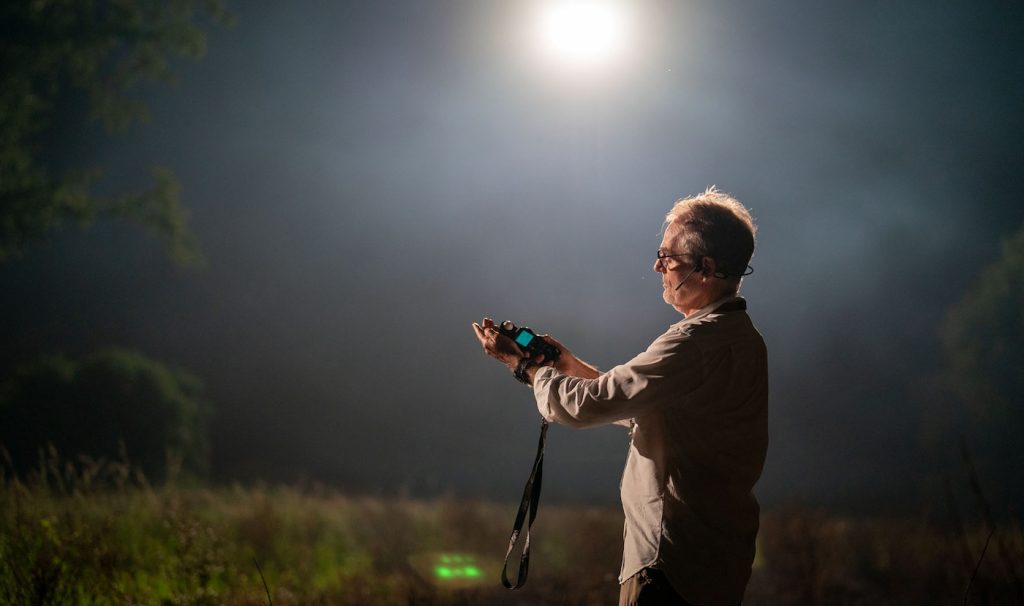
So, how did you achieve these two distinct looks through your cinematography?
The drama world is very much [feeling like] the southern states of America with warm light coming through the windows. We went much more realistic camera-wise, lens-wise, and color-wise.
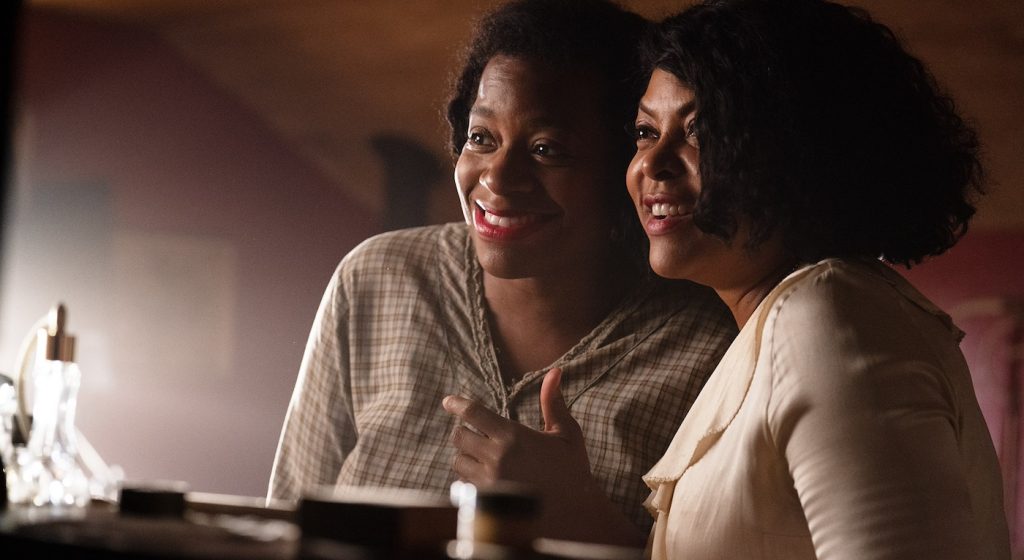
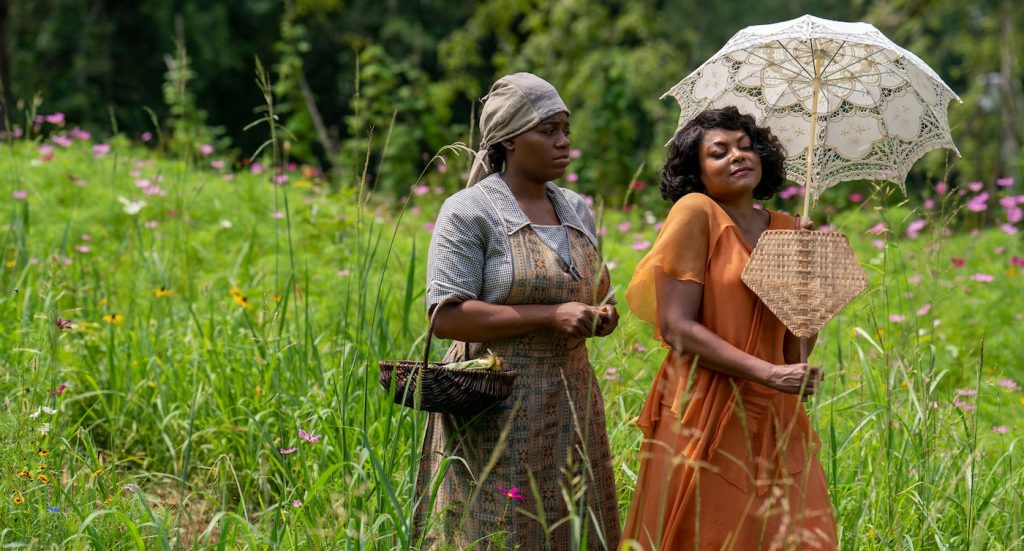
In the singing world, we went more wide angle and moved the camera a little bit more, which I think brought the joy of music onto the screen. Also, the color palette gets a little more rich in the singing world.
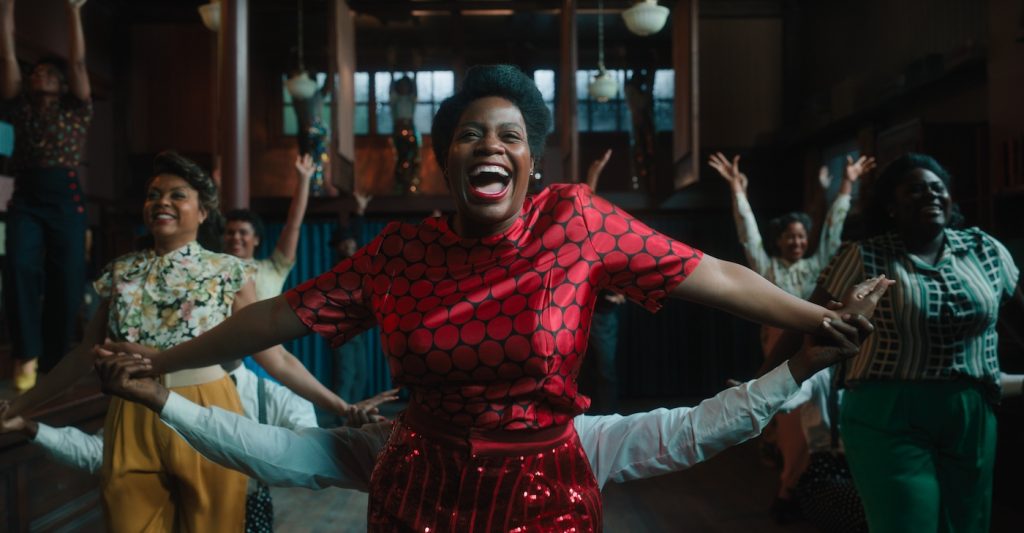
What kind of camera rig did you use for The Color Purple?
We used an Alexa LF Mini and shot on Signature Prime lenses with a diffusion filter behind the lenses. I like the Signature Primes because they’re very clean, and very one-to-one. Then, you can put a diffusion [filter] behind the lens. We also used a fair amount of smoke.
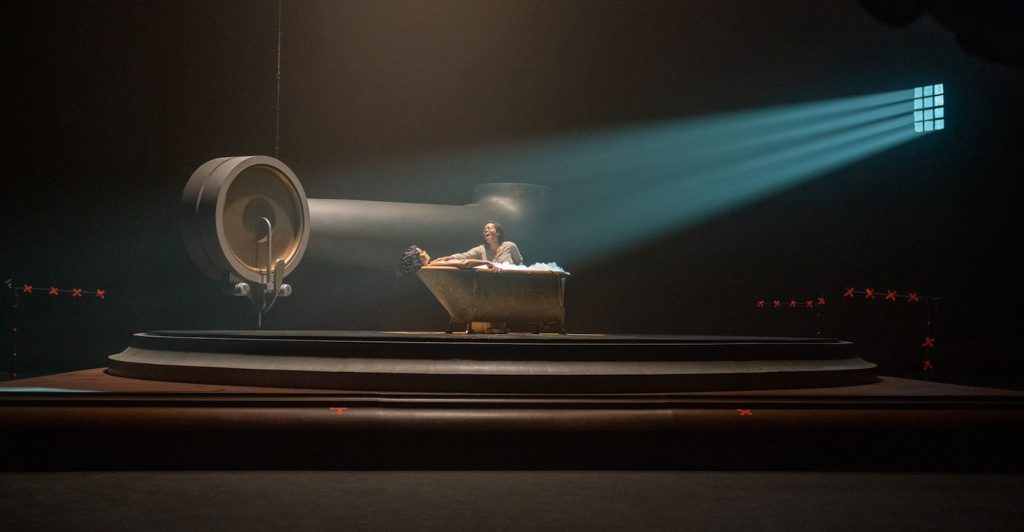
The Color Purple opens with an overhead shot of a man on a horse playing a banjo. It’s quite striking. How did you guys decide on this image to introduce the story?
That was Blitz’s idea in the storyboards: he wanted to start with the top shot. It looks easy, but I’m very much into preparation. We rehearsed it so many times at the studio backlot with a guy on a horse that we knew exactly where to put the chassis and the base of the crane so we could keep the camera moving when we got to the location.
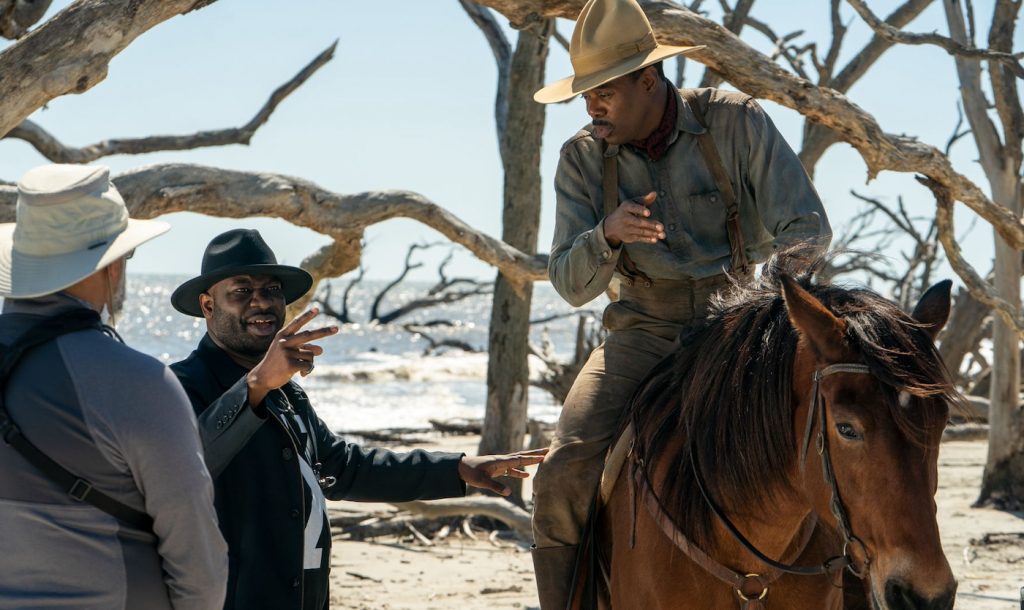
The warm Georgia sun brightens your unbroken opening shot that leads to the two little girls singing on a tree branch. Natural light also adds a joyous feeling a little later to a beach sequence where young Celie and her sister Nettie sing a duet. How did you capture that?
We filmed that in Savannah, Georgia. When you shoot on a beach, you can not bring a bunch of stuff in because the sand is so soft. We shot some of that on a Technocrane and also used a Steadicam, which gave us more flexibility to chase those girls as they were playing around. It was like a small ballet. We’d spent a lot of time on blocking and the scene those girls were very aware of the camera.
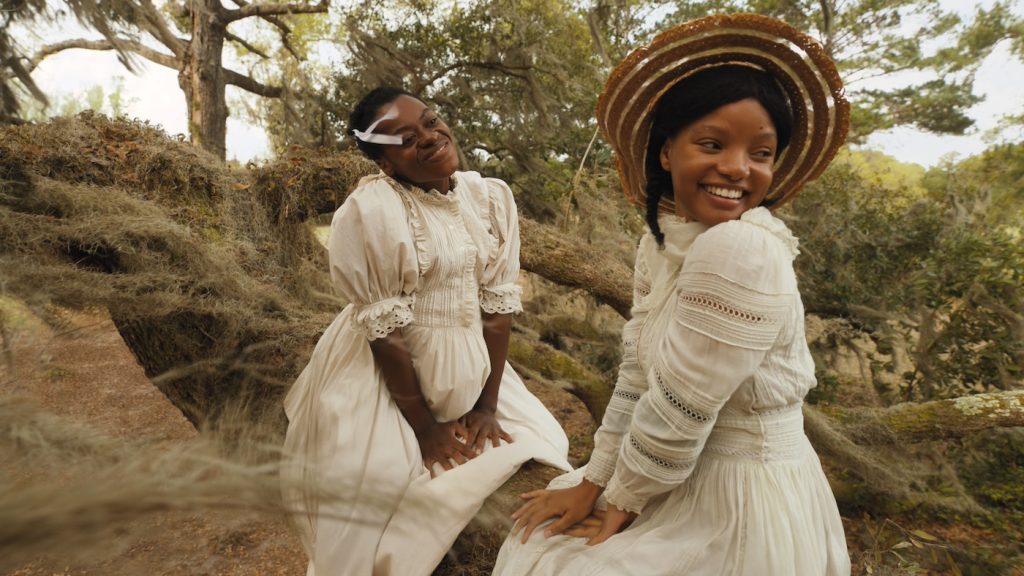
Midway through the movie, Taraji P. Henson makes a grand entrance as blues singer Shug, the local girl-made-good. How did you treat her return to town in the fancy car?
You’re starting with this close-up and then going to a big wide shot in one take. That’s challenging because the close-up has to be a beauty shot, and then the wide shot has to feel atmospheric. We used 18K Aputure [lighting] and put steel blue lights. I’m a big fan of steel blue instead of blue blue for the night feeling. That’s something we did on Shape of Water and Nightmare Alley with Guillermo del Toro.
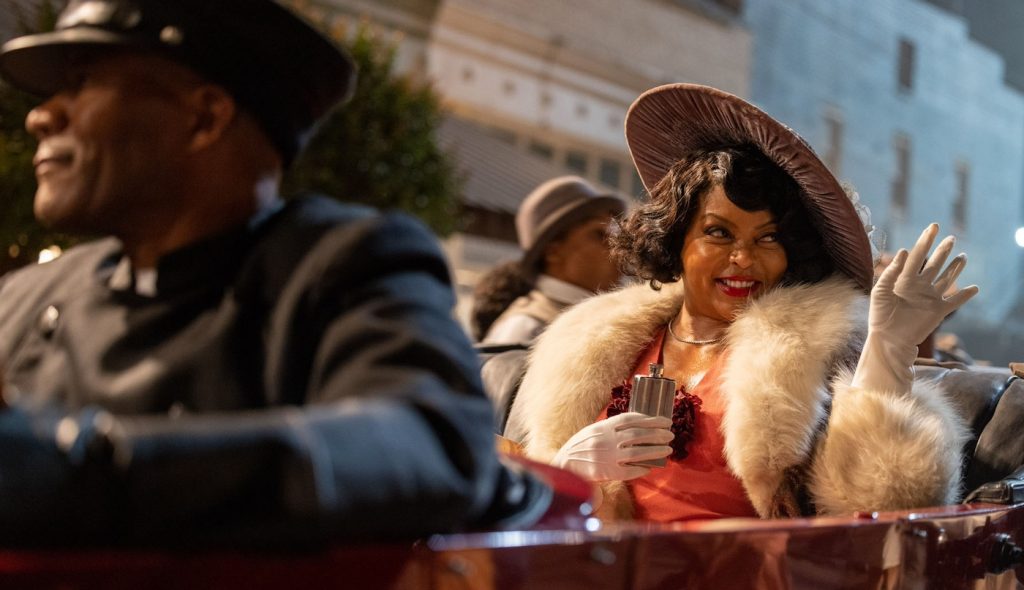
In a later night-time sequence, Shug looks every inch the conquering hero when she arrives by boat at this riverside nightclub. You wanted to conjure this romantic, larger than life vibe?
It has to be like that. Shug is like the release, coming to take Celie away from this dark world she’s in, so when we see Shug in the car and then in the boat, she has to look like a fairy tale queen. The costumes were red and the contrast color was steel–blue from behind. I thought it was very beautiful.
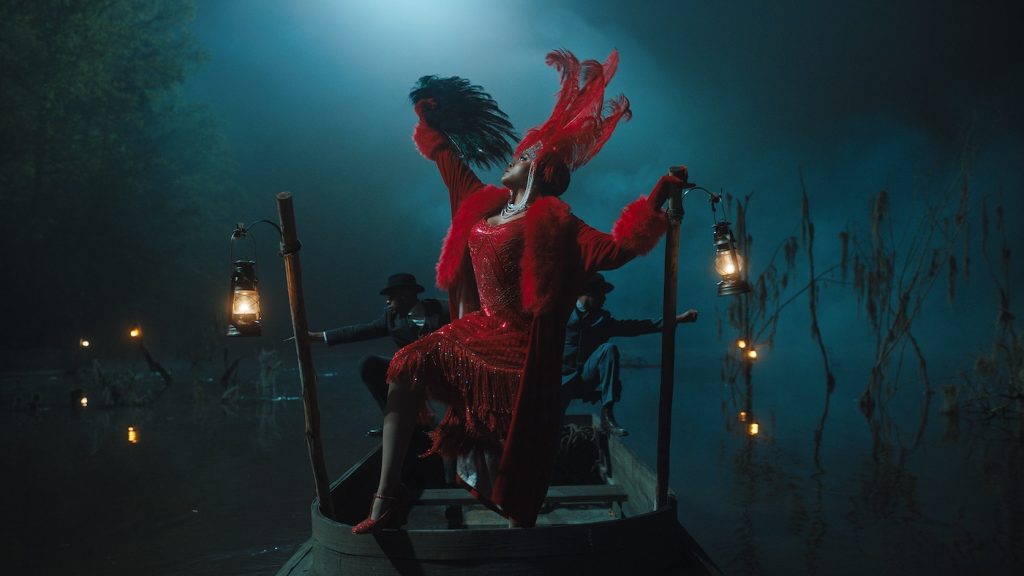
What exactly is steel blue versus just plain blue?
Steel blue is blue-green – – there’s more cyan. You see a lot of it right now, but the first time I used steel blue was when we did Mimic 100 years ago [laughing] with Guillermo del Toro. It’s a very beautiful color and works as a nice contrast between the skin tones.
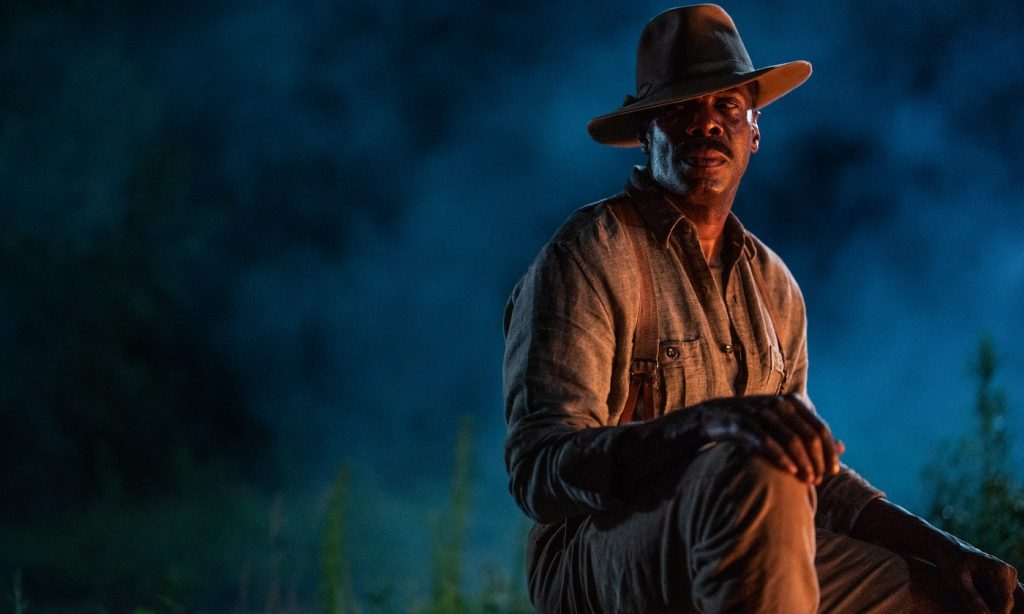
You’ve been making movies since the eighties, whereas director Blitz has worked with Beyonce and directed an indie film, but he’s never made a Hollywood motion picture before. How did you find common ground?
The first time Blitz called, he asked me what movies I liked, and I said I Am Cuba. It’s a black and white movie from 1962 filmed in Cuba by a Russian DP. Everything is shot very wide angle and there’s [a lot of] movement in the camera. Blitz said, “I love that movie too.” It had nothing to do with The Color Purple, but somehow we both felt that was how our movie should feel. It was interesting to start with something so far away and come back to where we are now with The Color Purple.
This movie has many characters, 15 songs and several decades worth narrative, yet it feels very cohesive. It sounds like you and Blitz collaborated well together.
Blitz is a very clever, very original director. He wants a movie where the light and the camera are moving to tell the story. It wasn’t like he was thinking yellow and I was thinking blue. We were synching right away, even when he was in Altana and I was in Copenhagen during Covid.
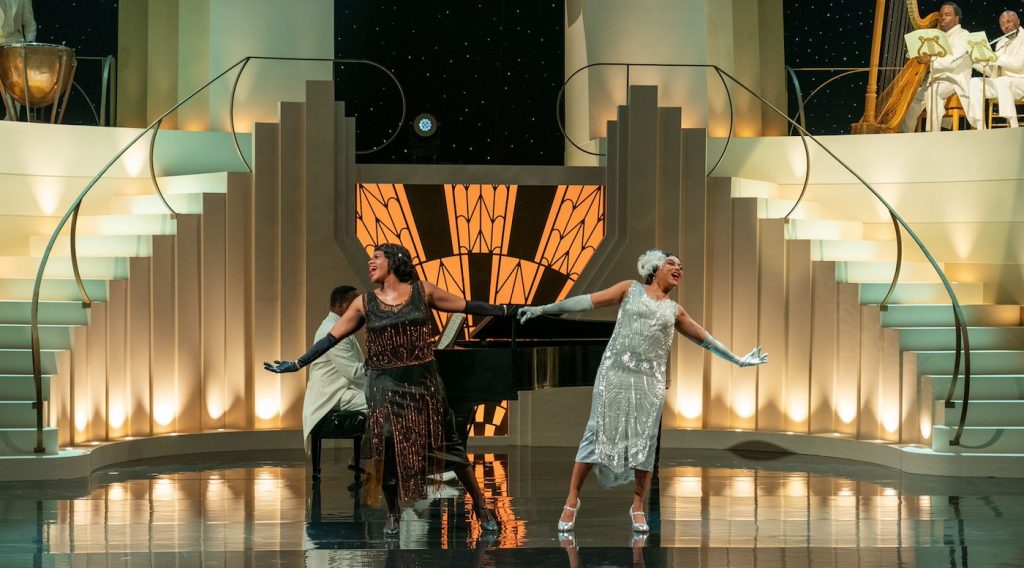
In fact, you wound up filming The Color Purple during the Pandemic. That must have been stressful.
It was a super difficult three or four weeks. We had to shoot the Easter dinner scene five times because people were getting Covid all the time. We’d have to shut down, take the lights away, come back again. But when you see the scene, you don’t feel that because Blitz knows how to get the actors and everyone else aligned.
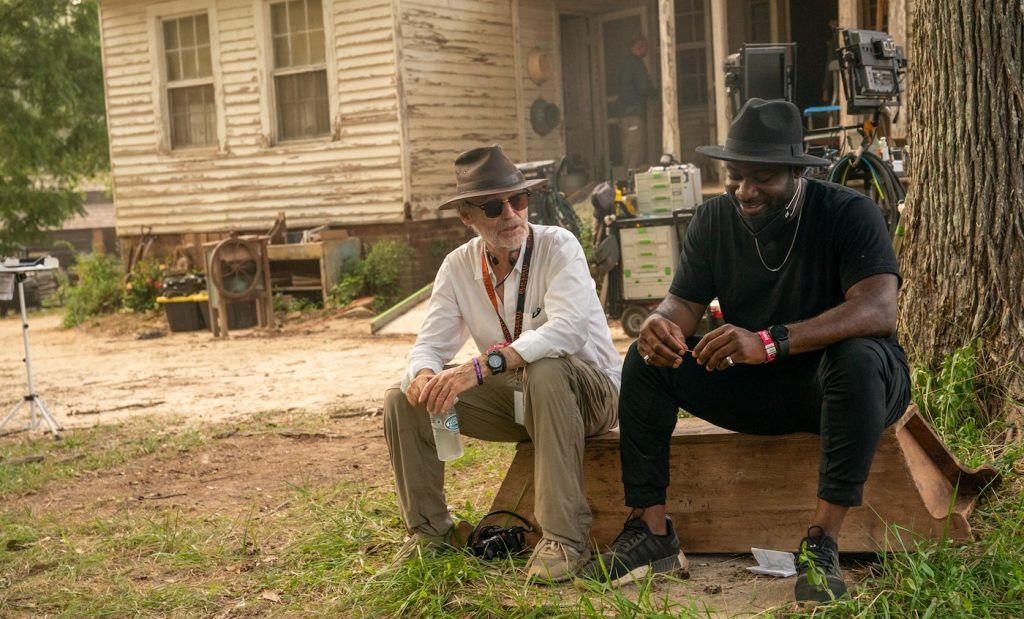
For more on Warner Bros., Max, and more, check out these stories:
“Superman: Legacy” Update: James Gunn Teases Superman’s Costume, Miriam Shor Joins Cast
New “Aquaman and the Lost Kingdom” Trailer Focuses on Black Manta’s Brutal Mission
James Gunn Confirms Nicholas Hoult Will be Lex Luthor in “Superman: Legacy”
Featured image: A scene from Warner Bros. Pictures’ bold new take on a classic, “THE COLOR PURPLE,” a Warner Bros. Pictures release. Photo Courtesy Warner Bros. Pictures



